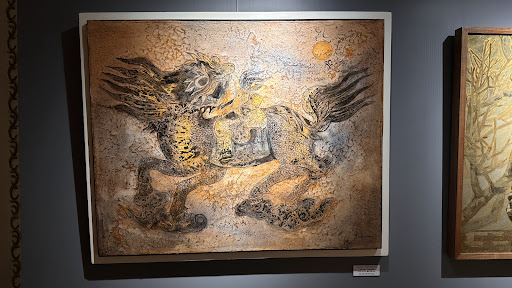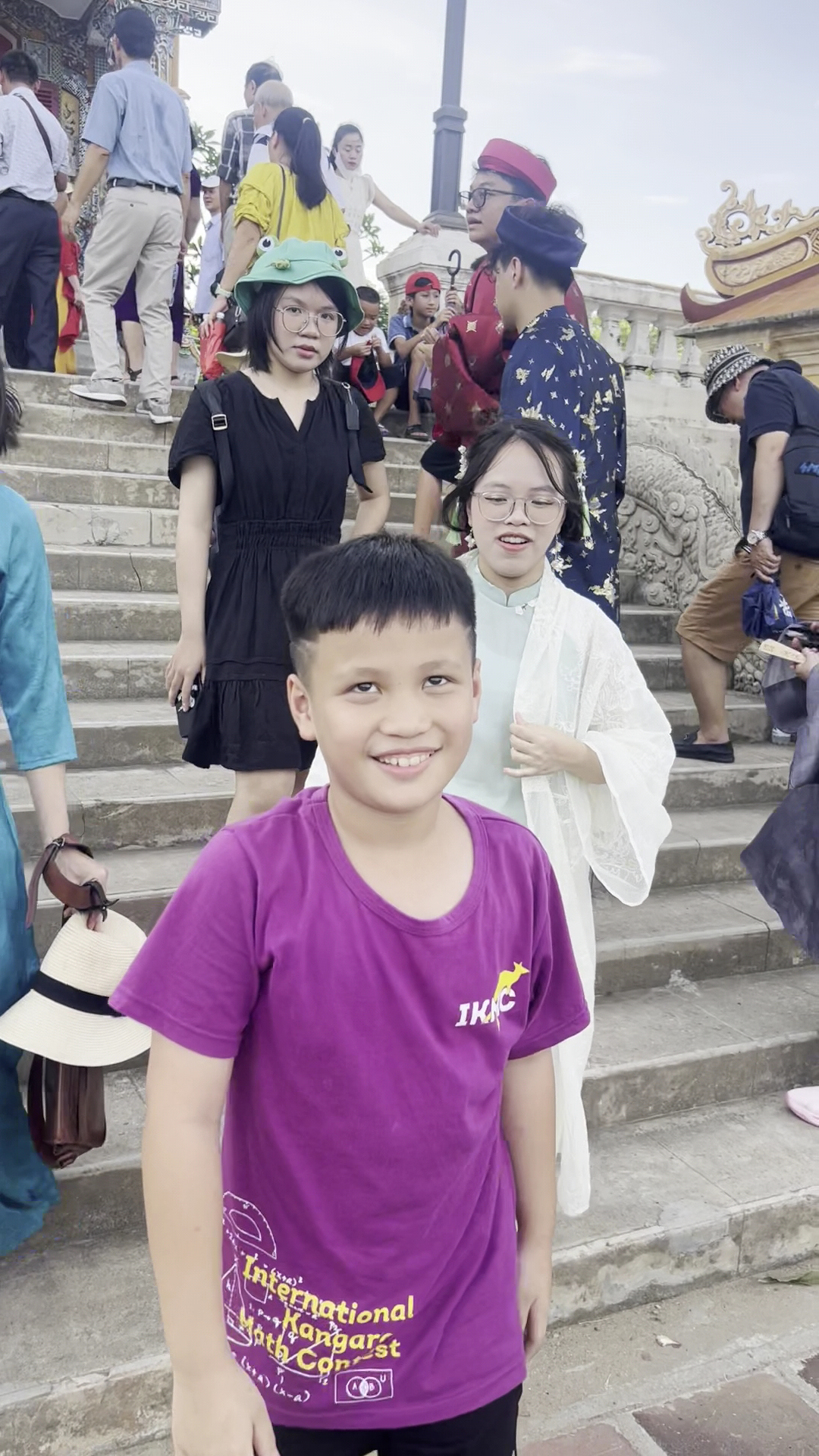Kiến Trung Palace things to do, attractions, restaurants, events info and trip planning
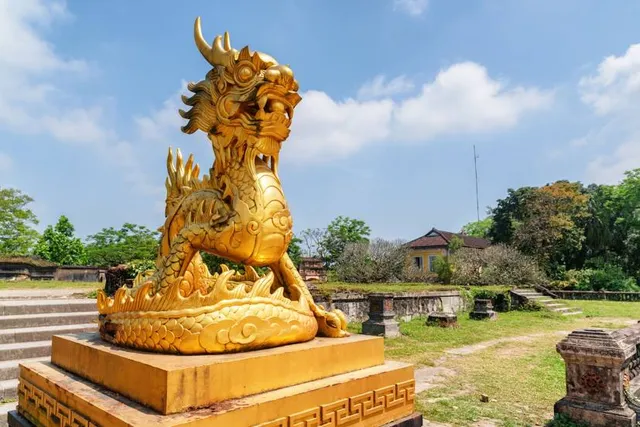
Basic Info
Kiến Trung Palace
32 Đặng Thái Thân, Phú Hậu, Huế, Thành phố Huế, Vietnam
4.7(239)
Open until 5:30 PM
Save
spot
spot
Ratings & Description
Info
Cultural
Scenic
Family friendly
Accessibility
attractions: Thai Binh Pavilion, Duyet Thi Duong Royal Theater, Thiệu Phương Garden, Thái Hòa Palace, Cơ Hạ Garden, Can Chanh Palace, Meridian Gate, Hue Historic Citadel, Hue Museum of Royal Antiquities, Nine Dynastic Urns, restaurants: Seaweed Food, Les Jardins de la Carambole, Anchay-The Garden Cafe & Vegetarian food, Vietnamese Restaurant - FastFood 22 & Restaurants, Bánh Canh Bà Đợi, N. Cafe & Food, Nhà Hàng Cơm Tấm Sài Gòn - Thành Na, Café Nhạc Hoa Viên - Huế, Bún bò Huế O Lợi, Quán Cơm Xuân Nhạn
 Learn more insights from Wanderboat AI.
Learn more insights from Wanderboat AI.Open hoursSee all hours
Sat7:30 AM - 5:30 PMOpen
Plan your stay

Pet-friendly Hotels in Hue City
Find a cozy hotel nearby and make it a full experience.

Affordable Hotels in Hue City
Find a cozy hotel nearby and make it a full experience.

The Coolest Hotels You Haven't Heard Of (Yet)
Find a cozy hotel nearby and make it a full experience.

Trending Stays Worth the Hype in Hue City
Find a cozy hotel nearby and make it a full experience.
Reviews
Nearby attractions of Kiến Trung Palace
Thai Binh Pavilion
Duyet Thi Duong Royal Theater
Thiệu Phương Garden
Thái Hòa Palace
Cơ Hạ Garden
Can Chanh Palace
Meridian Gate
Hue Historic Citadel
Hue Museum of Royal Antiquities
Nine Dynastic Urns
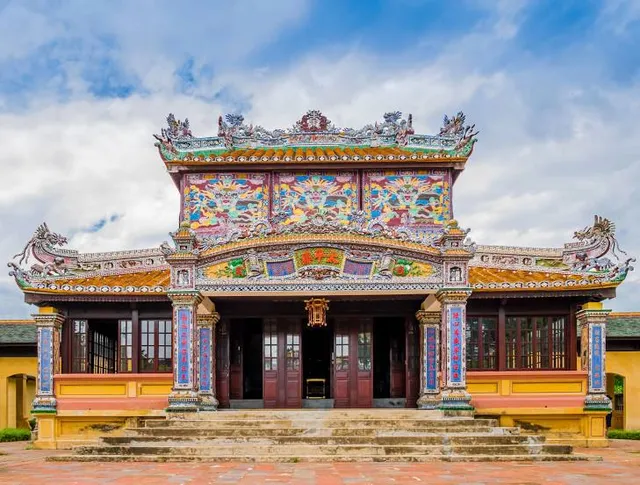
Thai Binh Pavilion
4.6
(87)
Open 24 hours
Click for details

Duyet Thi Duong Royal Theater
4.4
(149)
Open 24 hours
Click for details
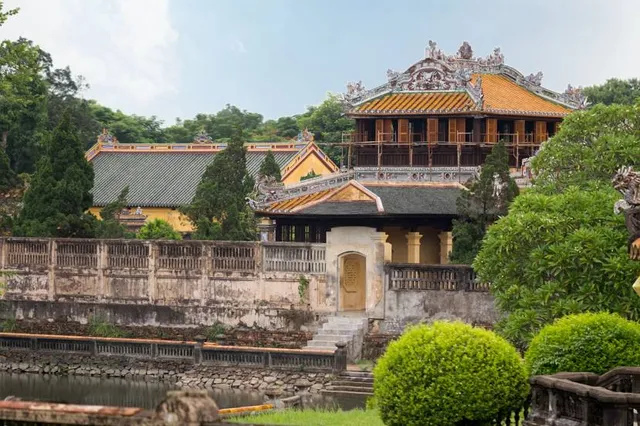
Thiệu Phương Garden
4.7
(54)
Open 24 hours
Click for details
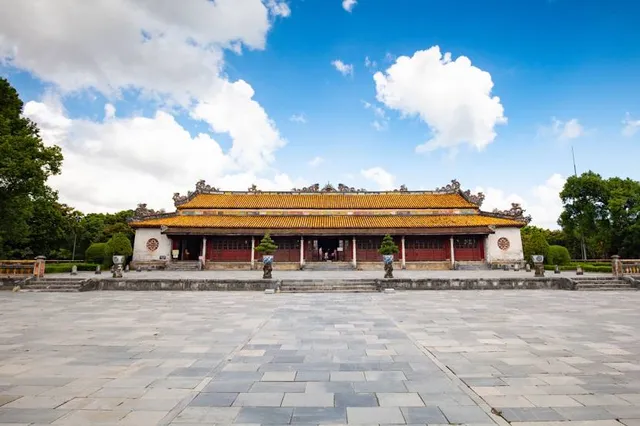
Thái Hòa Palace
4.6
(232)
Open 24 hours
Click for details
Things to do nearby
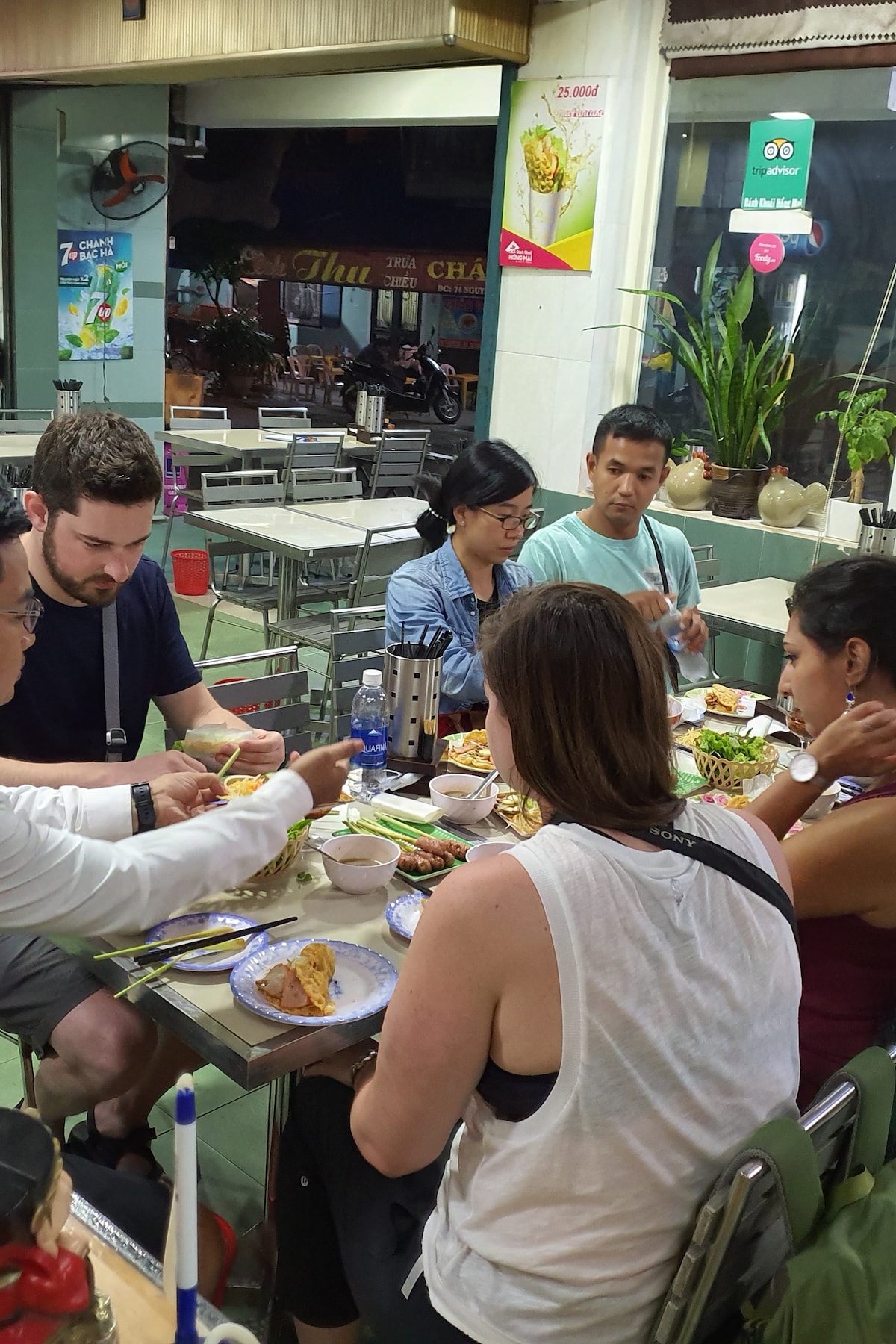
Hue Food walking tour and nightlife
Sat, Dec 27 • 5:30 PM
Hue, Thua Thien Hue, 530000, Vietnam
View details
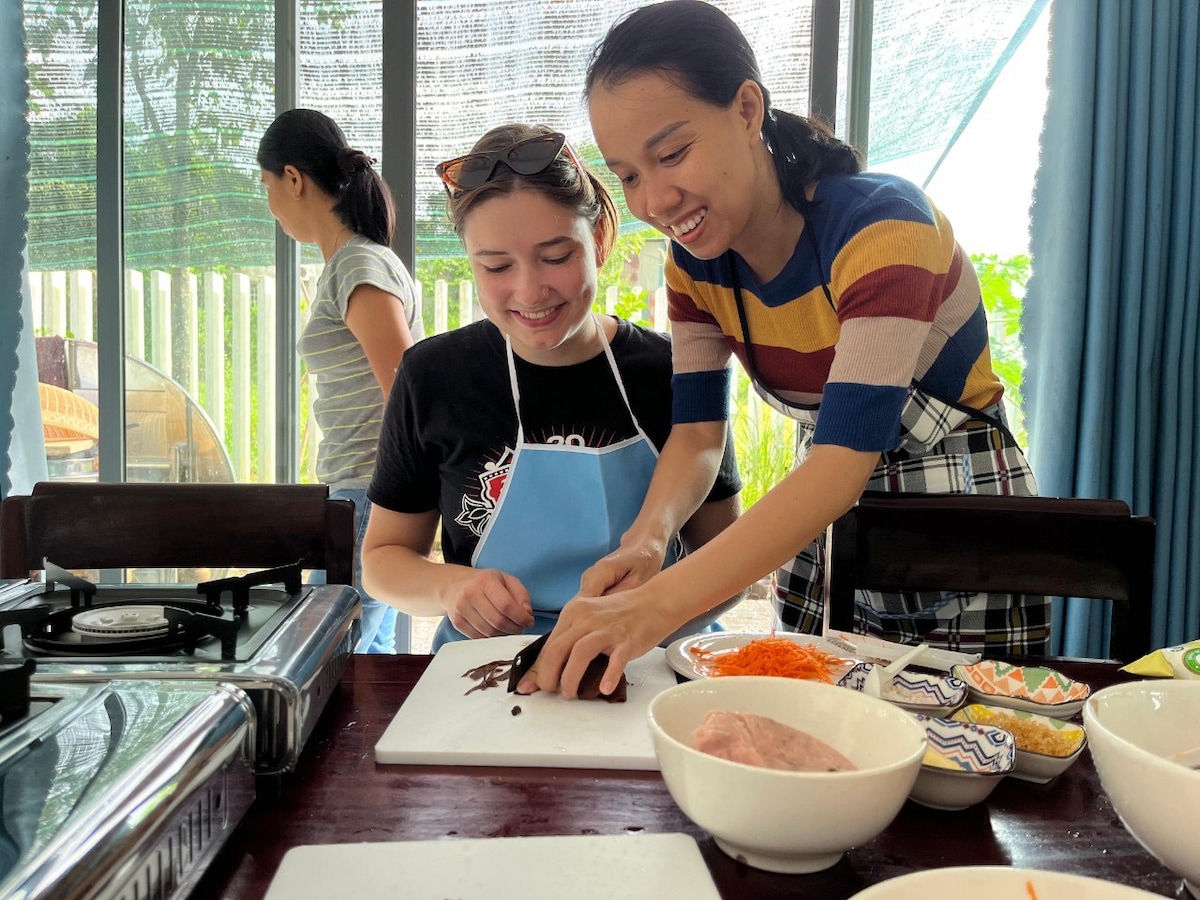
Learn home cooking in Hue with my family
Sat, Dec 27 • 3:00 PM
Hương Thủy, Thua Thien Hue, 550000, Vietnam
View details
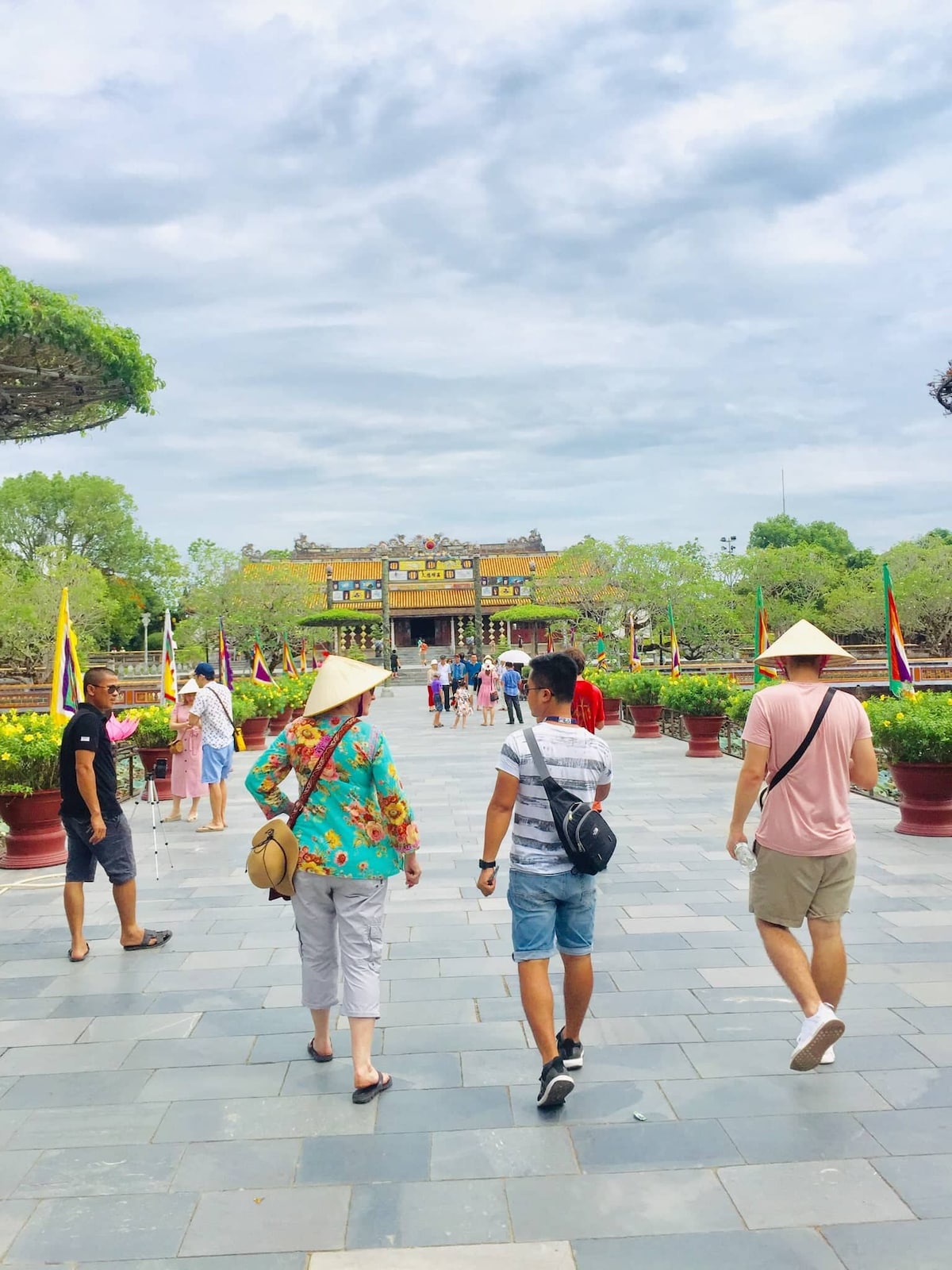
Hue Imperial and Forbidden City Walking Tour
Sat, Dec 27 • 2:15 PM
Thị xã Hương Trà, Thành phố Huế, 530000, Vietnam
View details
Nearby restaurants of Kiến Trung Palace
Seaweed Food
Les Jardins de la Carambole
Anchay-The Garden Cafe & Vegetarian food
Vietnamese Restaurant - FastFood 22 & Restaurants
Bánh Canh Bà Đợi
N. Cafe & Food
Nhà Hàng Cơm Tấm Sài Gòn - Thành Na
Café Nhạc Hoa Viên - Huế
Bún bò Huế O Lợi
Quán Cơm Xuân Nhạn
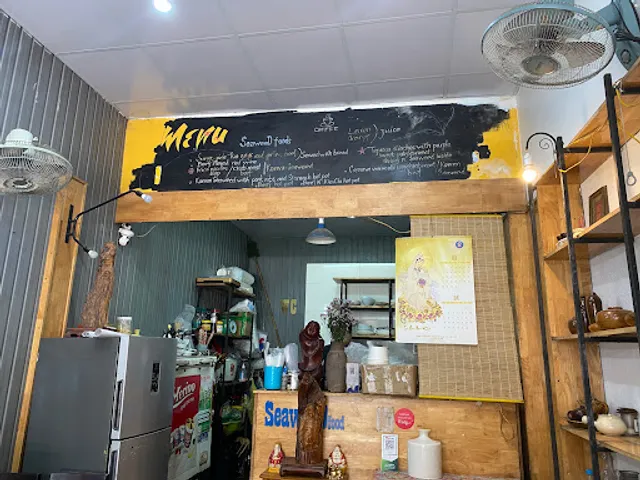
Seaweed Food
4.8
(112)
Click for details
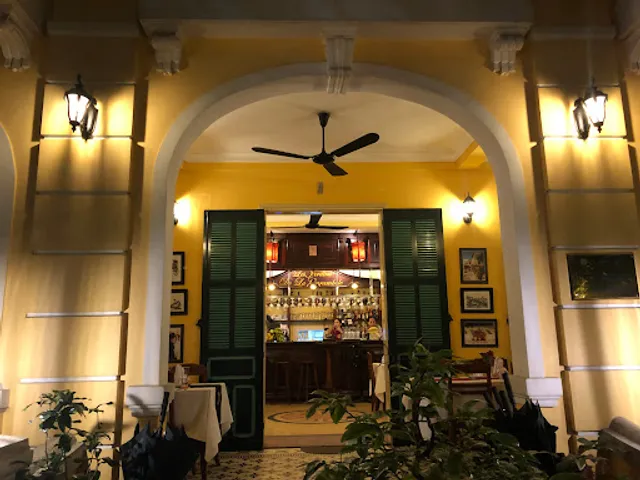
Les Jardins de la Carambole
4.6
(631)
$$
Click for details
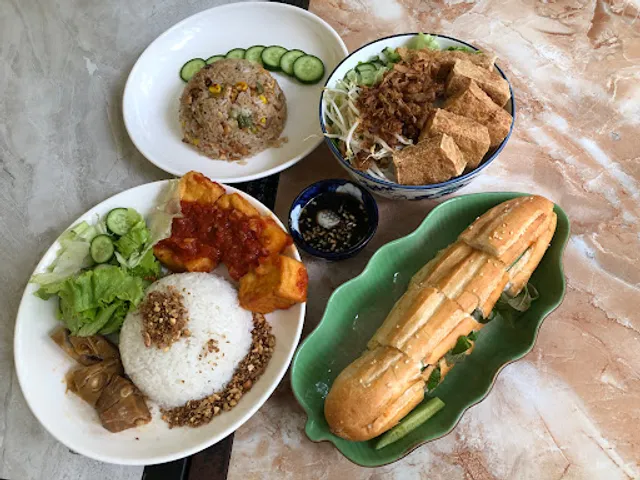
Anchay-The Garden Cafe & Vegetarian food
4.7
(99)
Click for details
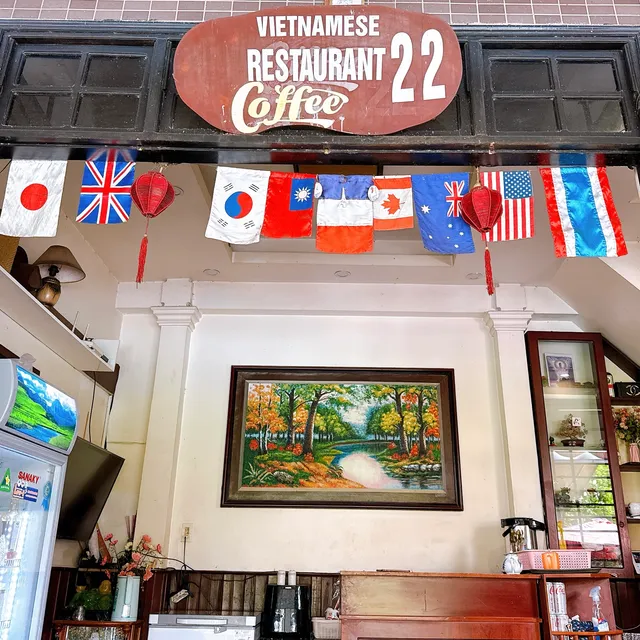
Vietnamese Restaurant - FastFood 22 & Restaurants
4.9
(786)
Click for details



